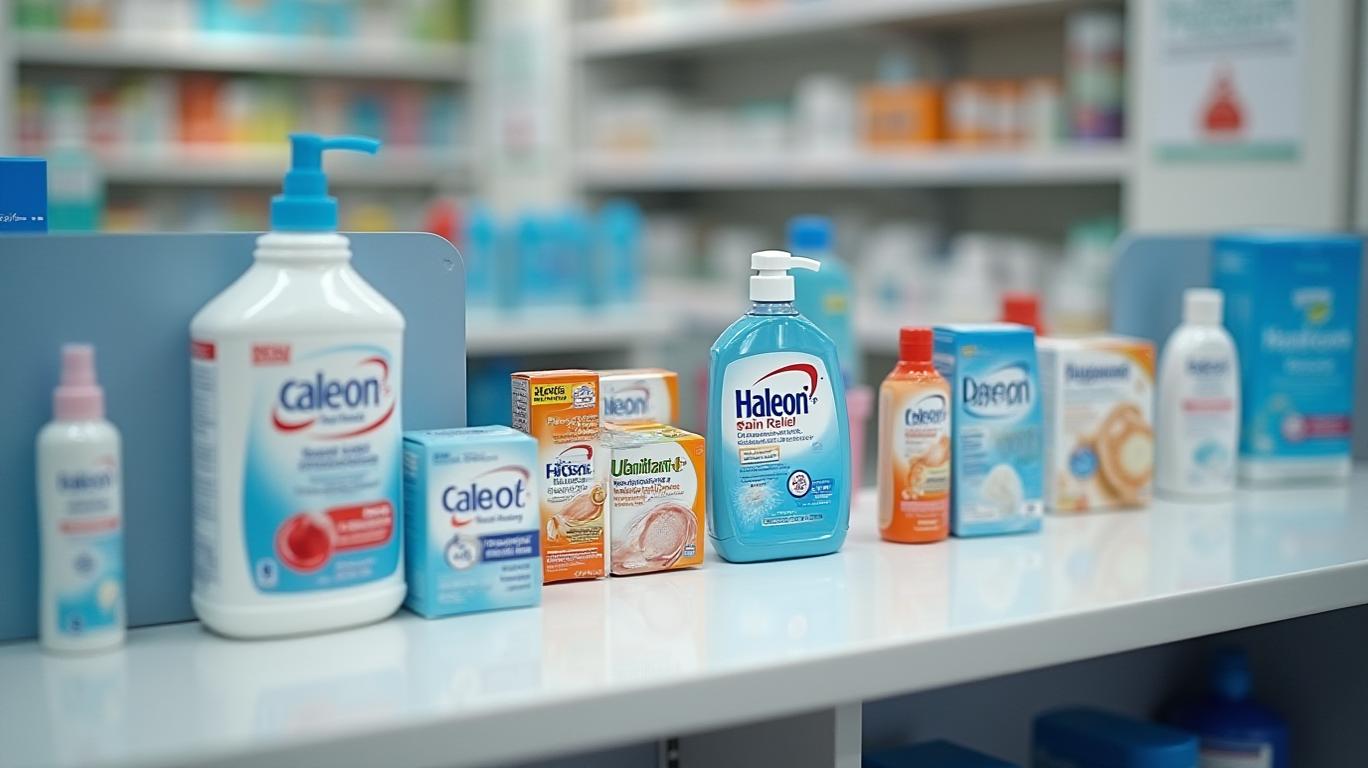Haleon’s Strategic Positioning Faces Market Skepticism Amid Rating Upgrade
Morgan Stanley’s recent upgrade of Haleon (HLN) to “Overweight” from “Equal Weight” on May 9, 2025, accompanied by a raised price target of $11.25, highlighted the company’s defensive strengths in healthcare. Yet, the stock closed 11.69% lower the following day at $9.52, underscoring a market that remains cautious despite the bullish analyst call. This divergence between institutional optimism and short-term volatility invites scrutiny of Haleon’s growth trajectory and the risks clouding its path to profitability.
Ask Aime: Why Did Morgan Stanley Upgrade Haleon to "Overweight"?

The Bull Case: Defensive Resilience and Margin Growth
Morgan Stanley’s upgrade hinges on Haleon’s dominance in defensive healthcare segments, such as oral care (e.g., Sensodyne), vitamins (Centrum), and pain relief (Advil). Analysts emphasized margin expansion clarity, projecting high-single-digit annual earnings growth from 2026 to 2030. The firm also praised Haleon’s £500 million share buyback program and a 133% dividend hike, signaling shareholder-friendly capital allocation.
The stock’s $11.25 price target reflects confidence in Haleon’s ability to navigate macroeconomic headwinds, such as recession risks and currency fluctuations. Meanwhile, emerging market expansion—particularly in India and China—and innovation in oral health are seen as catalysts for 4–6% revenue growth in 2025.
The Bear Case: Execution Risks and Market Skepticism
Despite the upgrade, Haleon’s shares fell sharply on May 10, 2025, with trading volume surging to 20.5 million shares—a sign of investor uncertainty. Analysts cited several headwinds:
1. FX headwinds: Currency fluctuations in emerging markets could depress both revenue and margins in 2025.
2. Inventory management: U.S. drug channel bottlenecks and sluggish sales of the Eroxon brand threaten near-term growth.
3. Analyst consensus: While morgan stanley is bullish, the broader consensus remains “Hold”, with an average price target of $10.95—$0.30 below the upgraded target.
These risks suggest that Haleon’s success hinges on operational discipline. For instance, its margin expansion plans require precise execution amid cost pressures, while emerging market growth must offset declining sales in mature regions.
Institutional Activity: A Mixed Signal
Institutional investors have been inconsistent in their approach. While Fidelity Management & Research Company holds 108 million shares (valued at ~$1.04 billion), total institutional ownership remains limited at 6.67% of shares. Recent increases by Schonfeld Strategic Advisors and Mercer Global Advisors hint at optimism, but the lack of broad institutional buying aligns with the “Hold” consensus.
Conclusion: Haleon’s Opportunity and the Proof in Execution
Haleon’s strategic positioning in defensive healthcare and its shareholder-friendly policies make it a compelling long-term bet. The $11.25 price target assumes success in margin expansion, emerging market growth, and inventory management—goals that are achievable but far from guaranteed.
However, the May 10 sell-off underscores investor skepticism about Haleon’s ability to overcome near-term hurdles. With the stock trading at $9.52—14% below Morgan Stanley’s target—and FX risks looming, buyers may need patience.
Final Take: Haleon’s fundamentals justify cautious optimism, but its valuation remains a discount to analyst targets until execution metrics improve. Investors should monitor Q3 2025 earnings for progress on margin goals and U.S. inventory turnover before committing to a long position.
In short, Haleon’s story is one of defensive strength and growth ambition—but the market will demand proof before rewarding its shares.

_b905d9341749265671656.jpg)








